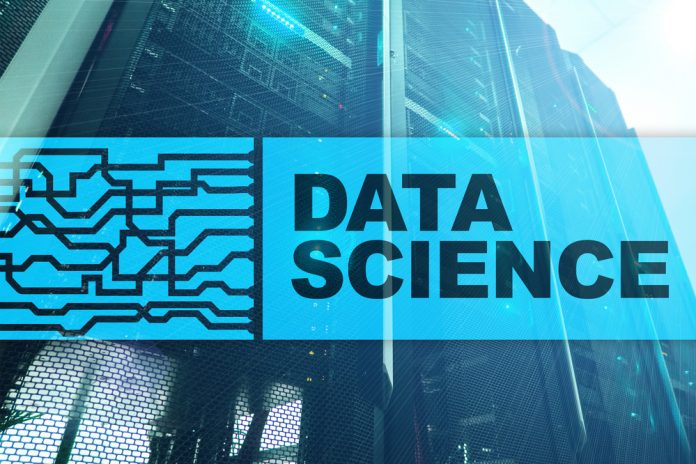Data science and analytics are the current big things in the IT world, and if you want to succeed as an IT professional, it is time to come on board.
There are many languages available for Data Analytics and it is an individual choice to make. However, trends show Python has become the language of choice for data scientists around the world due to its open source, extensible, powerful and easy-to-learn nature. Research shows 66% of data scientists used Python daily in 2018. This puts Python head and shoulders above the previous favourite “R”.
There are dedicated training courses for Python focused on its applications in the realm of data science.
Why is this the case? Let’s understand the entire trend, one factor at a time.
What is Data Science?
It is a multidisciplinary field that uses scientific methods, algorithms and systems to procure, understand and present meaning derived from all forms of data. Due to the rise of social media, instant surveys, data collection through various means and analytic systems, the demand for data analysis is growing as well.
What is Python?
If you are an IT professional, you already know a lot about Python, but for those who are new to this world, here’s a brief introduction.
Python is a free, flexible and powerful open-source programming language. It is hailed as the third most important coding language in the world. It supports structured programming, functional programming patterns, and object-oriented programming. It has a vast and powerful library for machine learning. It also has a huge community of users since it was launched in 1980 and has been in use ever since. Enough reasons to consistently be on the world’s most sought after programming language list.
Why Python for Data Science?
Before learning Data science with Python training, you might need answers to the question above.
Read some below:
- Everyone likes free:
Python is free, used by millions of developers around the world and improved every day. Being open-source also allows Python the flexibility that other languages might not have.
- Easy to learn with endless possibilities:
Using Python for a job where data is endless and conclusions can be endless too is quite beneficial. It is easy to learn, easy to code and open for further development with the help of resources available everywhere. The Python ecosystem including libraries are growing (72000 in Python Index, approximately). Every sort of programming is possible!
In addition, Python testing framework is already built-in and pretty accessible.
- Data becomes your power:
Yes, you are analyzing a mammoth amount of data, but with Python you get to manipulate, analyze and visualize data in every possible manner. This serves the ultimate purpose of data analytics, creating most useful information for business and technologies from input coming out of human behaviour.
- Python notebook:
Python makes it easier to share work, with its browser-based interface. It allows for introspection, history sharing, tab completion and various other features. In the end, the hectic task of sharing (and costs associated to it) are cut down to a minimum.
- Extensible nature:
Python can be integrated with statistics and other disciplines of data science. It is easy to learn for those who aren’t programmers as well, thus making it the favourite in the data analysis world. Workflow becomes more efficient with seamless integration of various branches. Useful for organisations that have huge systems and resources in place; establishing connection is a cake-walk.
- Packages:
YouTube, Wikipedia, Yahoo, CERN, NASA and Amazon are only some of the huge names that use Python. Reason? Packages available are suitable to analytics including NumPy, Panda, and PyBrain. Most of these packages offer features such as data storage and tabulation, scientific calculation and clustering algorithms.
What Does It Mean for a Programmer?
If you are a developer, programmer or an analyst you know that staying on top of technological trends is the way to stay in this business. The world of data science is demanding fresh talent, and high prices are being paid for the services of those who have aced this language. Recently IBM predicted a 28% increase in demand for data scientists by the year 2020.
If you are passionate about Big data and analytics, get in the game and seize the opportunities! Learn Data science with Python Foundation Training today!
If you found this content enriching, share ahead. Just click the social media icon. Happy learning!
Find a Home-Based Business to Start-Up >>> Hundreds of Business Listings.















































